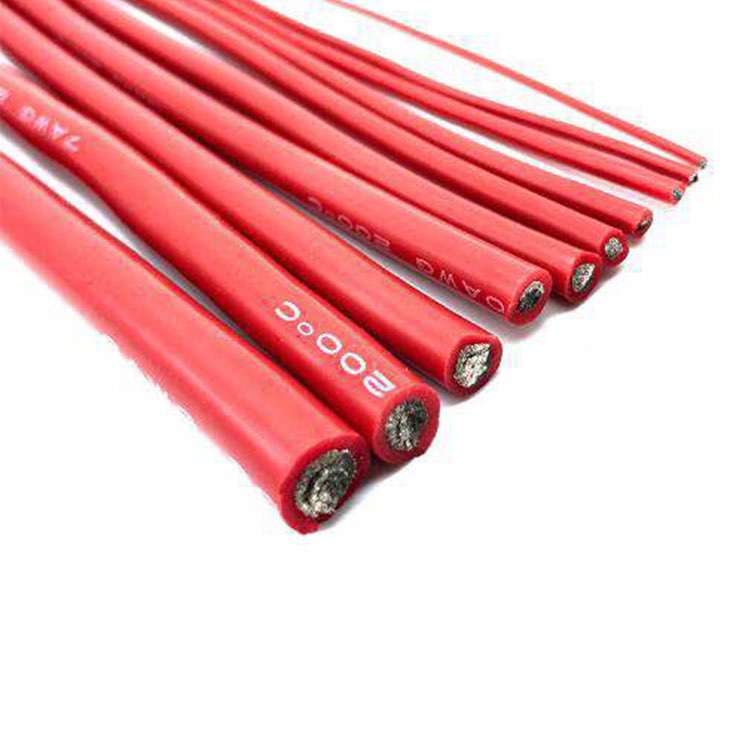 Author: Joey Wan
Author: Joey Wan  August 15,2022
August 15,2022
Silicone high temperature wire
Silicone high-temperature wire is made of high-quality silicone rubber and high-purity tinned copper stranded wire, which has the advantages of high and low temperature resistance, insulation, etc.

The extra-soft silicone wire is generally used for the internal connection wires of electronic and electrical equipment, such as motors, etc., which is different from ordinary wires. Common models include UL3135 silicon lead wire, UL3239 extra soft silicone wire, etc., new types of wires.
Silicone wire characteristics
The rated temperature of the silicone high-temperature wire is relatively high, basically up to 150℃~300℃, and the rated voltage is about 600V. Silicone rubber is used as the insulating material, and the insulation thickness is uniform, which is convenient for peeling and cutting. Take UL3239 produced by Zhongzheng Wire as an example For 150℃, the rated voltage is 3KV-50KV DC voltage
Executive standard
◆ Conductor use 28-10AWG single or stranded bare copper or tinned copper wire
◆ Silicone rubber insulation
◆ Uniform insulation thickness, easy to peel and cut
◆Pass ULVW-1 and CSAFt1 vertical combustion test Application:
It is used for various household appliances, lighting fixtures, industrial machinery electric heating products and other internal wires.
Applications
It is suitable for cables whose long-term allowable working temperature is below +200°C and can be used in an ambient temperature range not lower than -60°C. Household appliances, lighting fixtures, electronic equipment, electric heating products, heavy industry machinery, electrical installations, industrial machines, electric heating products and other high-temperature places wiring and used for microwave ovens, fax machines, printers, copiers, scanners and other machines. Instrumentation, motor lead wires, electronics, gas appliances and other high temperature environments.
Product Features
(a) U0/U is 450/750V.
(b) The laying temperature of the cable should not be lower than 0℃
(c) When laying the cable, it is recommended to allow the bending radius; the cable without armor should not be less than 6 times the outer diameter of the cable, and the armored cable should not be less than 12 times the cable outer diameter.
